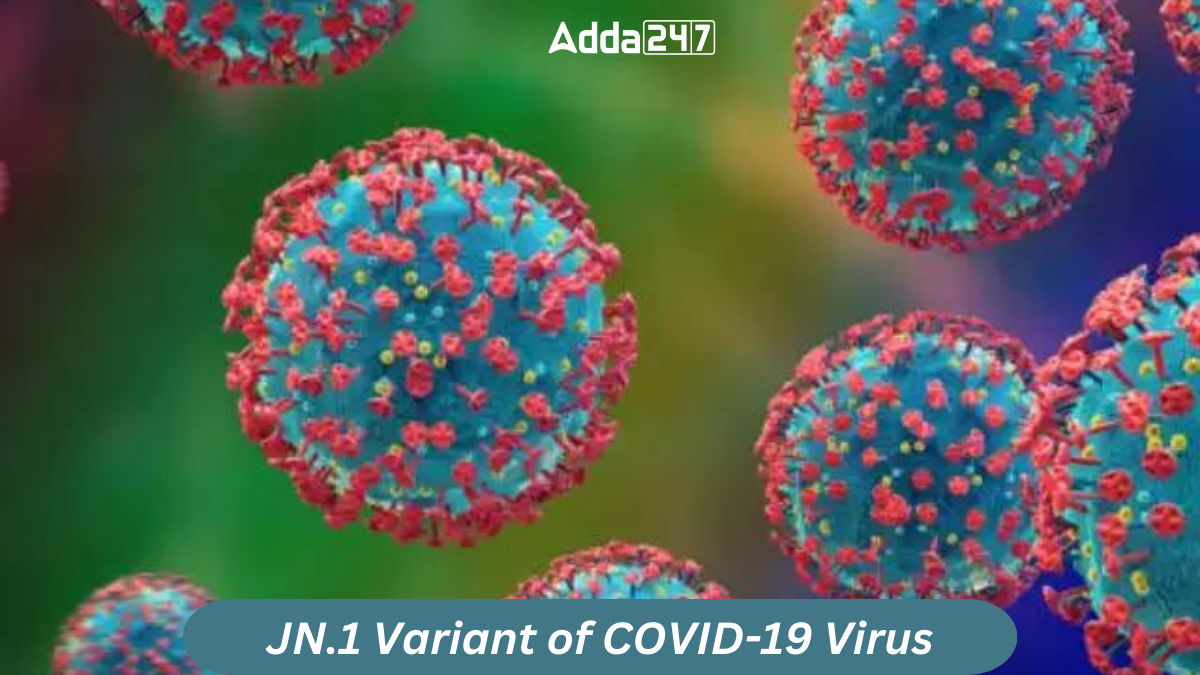The World Health Organization (WHO) issued a warning on Sunday, December 17, expressing concerns over the evolving nature of the JN.1 COVID subvariant and the surge in respiratory diseases globally. The organization urged member states to prioritize sequence sharing and enhance surveillance efforts to better understand and combat the changing landscape of the virus.
The Evolution of JN.1 Subvariant
The JN.1 variant, identified as a subvariant of Omicron BA.2.86 or Pirola, was first detected in September 2023 in the United States. According to Rajeev Jayadevan, co-chairman of the National Indian Medical Association Covid Task Force, JN.1 has distinct characteristics, spreading faster and demonstrating the ability to evade immunity. This alarming combination makes it capable of infecting individuals with prior COVID infections and those who have been vaccinated.
Symptoms of JN.1
- Symptoms include fever, runny nose, sore throat, headache, cough and mild gastrointestinal issues.
- 1 is associated with mild symptoms, and there is no reported increase in hospitalizations.
- Patients typically recover within 4-5 days, with some experiencing breathing difficulties.
Response in India
In India, JN.1 was detected in Kerala on December 8, with a reported case in 79-year-old woman who experienced mild symptoms of Influenza like Illness (ILI). The country is urged to stay vigilant and implement necessary measures to contain the variant’s spread.
Preventive Measures of JN.1
Proactive preventive measures are crucial in curbing the spread of JN.1 Experts emphasize the following precautions:
- Regular hand sanitization remains a cornerstone in preventing the transmission of the virus.
- Wearing masks, especially high-quality masks, contributes significantly to reducing the spread of respiratory droplets.
- Maintaining a safe distance from others remains an effective measure in preventing the spread of the virus.
Vaccination Against JN.1 and Other Variants
Despite the challenges posed by the evolving JN.1 subvariant, Kerkhove reassured the public that COVID-19 vaccines continue to provide protection against severe disease and death, even with the circulating variants, including JN.1. She urged individuals to get vaccinated when it is their turn and to employ various tools to protect themselves from infection.
WHO’s Call for Continued Surveillance and Sequence Sharing
On Sunday, December 17, the WHO emphasized the need for member states to maintain vigilance through continuous sequence sharing and robust surveillance efforts. The organization is closely monitoring the situation and assessing the impact of the JN.1 subvariant on the global landscape of respiratory diseases.
Insights from WHO’s COVID-19 Technical Lead
Maria Van Kerkhove, the COVID-19 technical lead at WHO, shared a video on social media platform X, explaining the factors contributing to the recent surge in respiratory infections. Kerkhove highlights that the holiday season has led to increased gatherings, especially in regions entering winter months. Poor ventilation in indoor settings provides an ideal environment for the efficient spread of various pathogens, including COVID-19, influenza, rhinovirus and mycoplasma pneumonia.
Important Questions Related to Exams
Q1. When was the JN.1 variant first detected, and where?
Sol. The JN.1 variant was first detected in September 2023 in the United States.
Q2. What are the distinct characteristics of the JN.1 variant?
Sol. JN.1 has distinct characteristics, spreading faster and demonstrating the ability to evade immunity.
Q3. When was JN.1 first detected in India?
Sol. JN.1 was detected in Kerala on December 8, with a reported case in a 79-year-old woman experiencing mild symptoms of Influenza like Illness (ILI).





 Which City is known as the City of Bambo...
Which City is known as the City of Bambo...
 Which River is known as the Rocky River ...
Which River is known as the Rocky River ...







